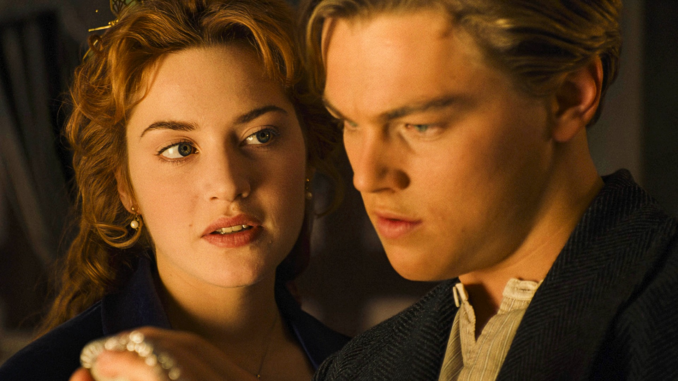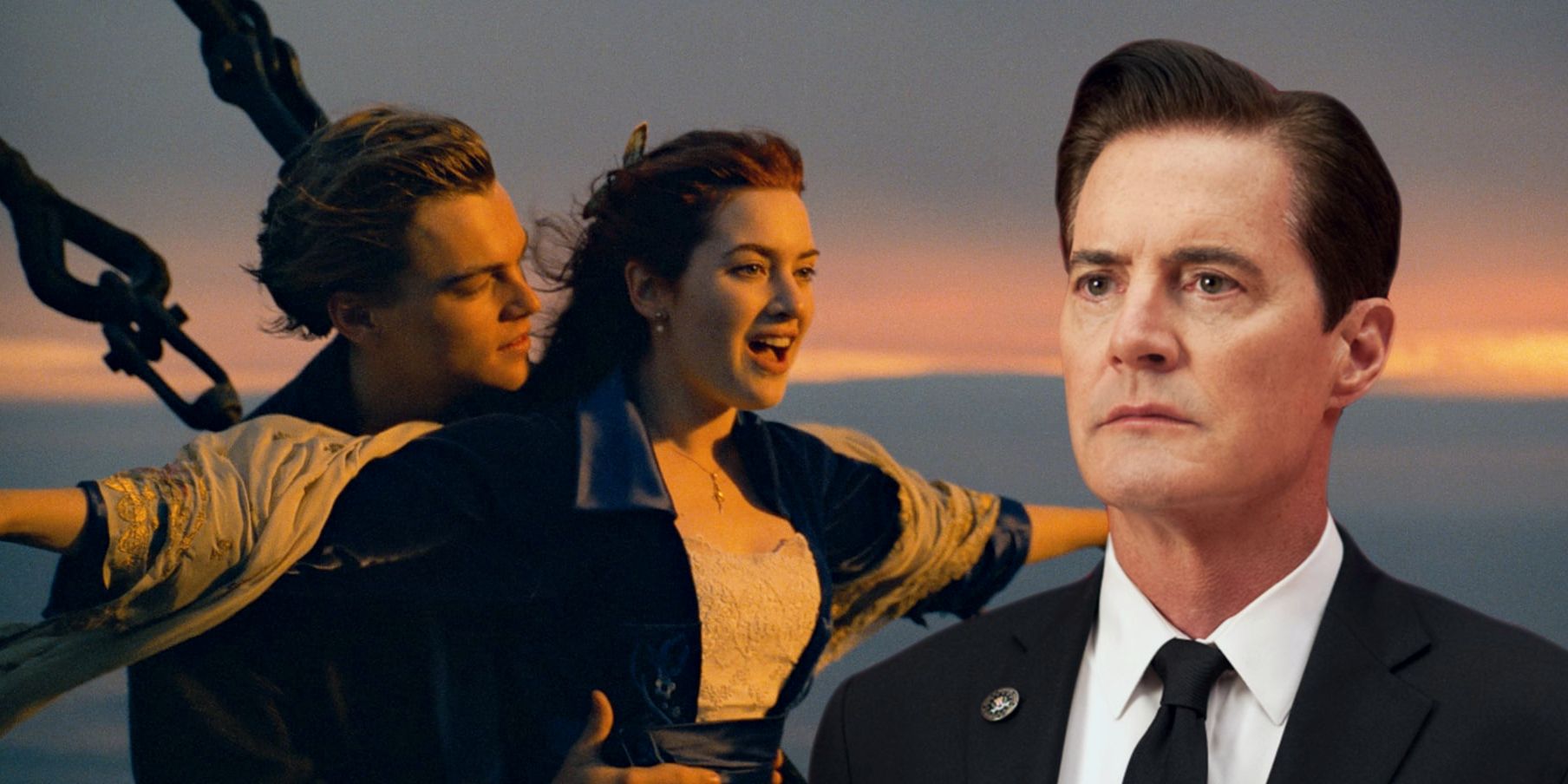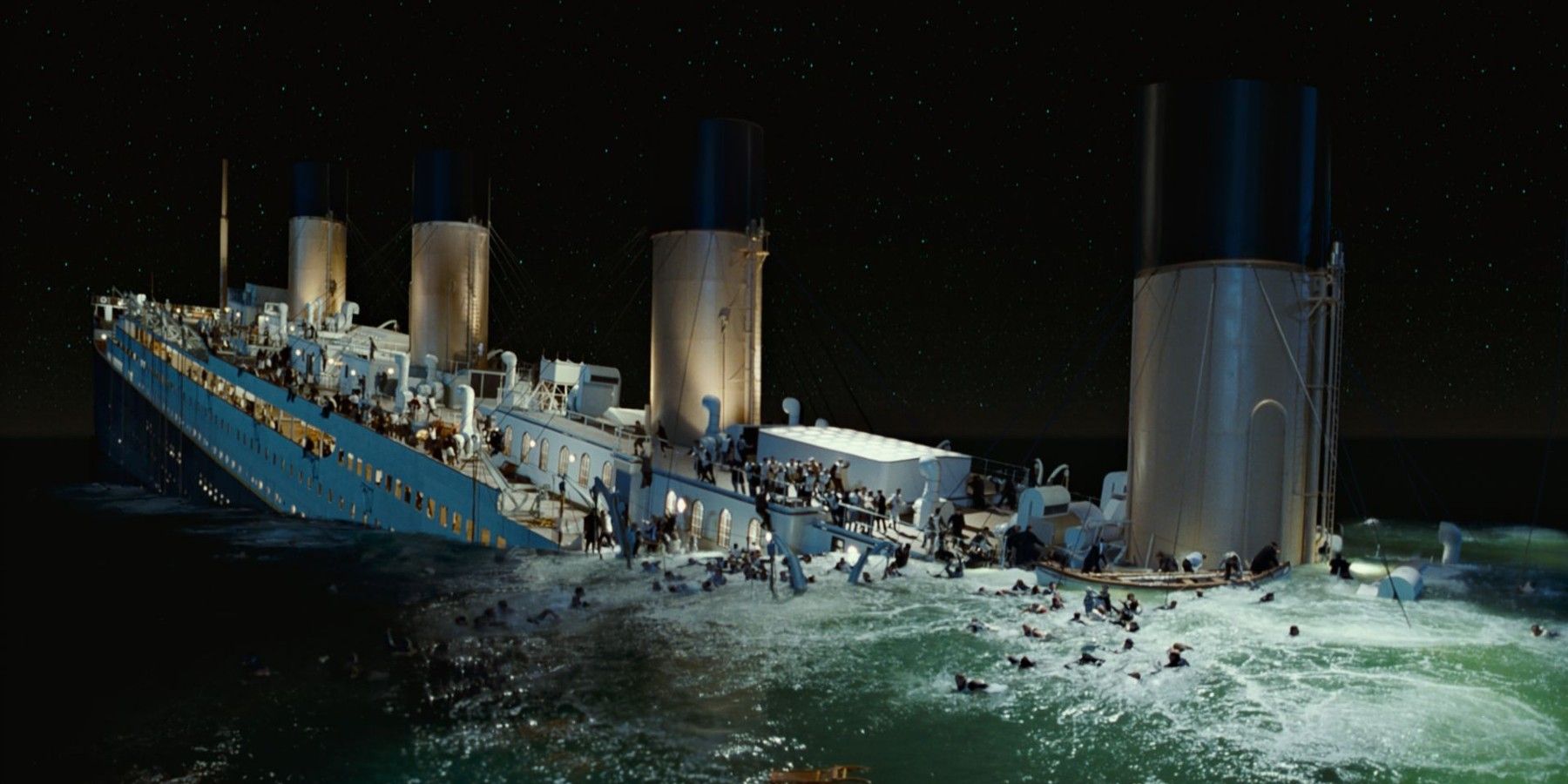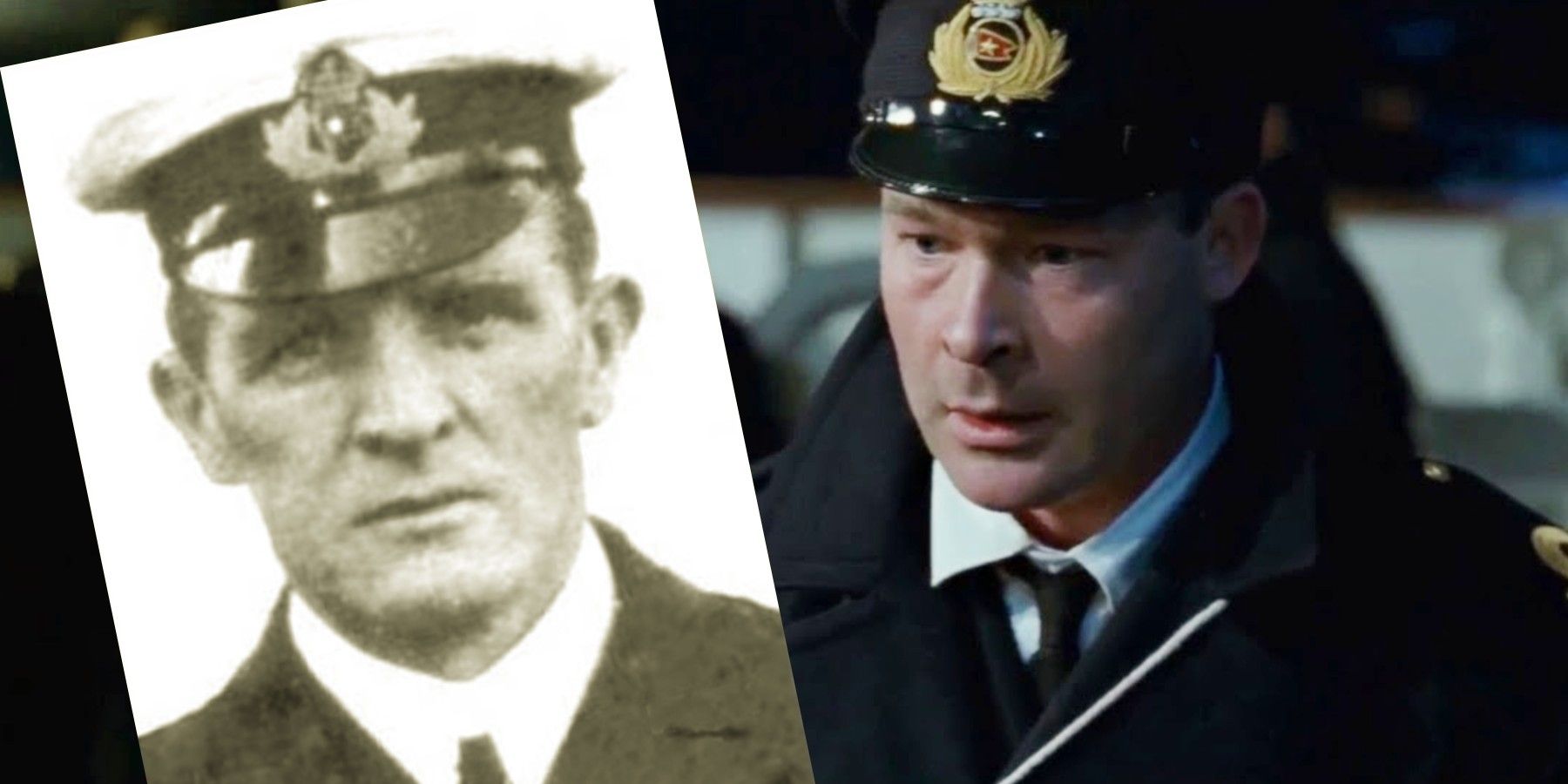
James Cameron spared no effort or expense making Titanic an accurate depiction of the historical ship’s tragic sinking, but the movie still gets a few important details wrong. The movie follows the fictional romance of star-crossed lovers Jack and Rose aboard the luxury liner, up to the fateful night in 1912 when the ship hit an iceberg and sank, claiming the lives of more than 1500 of its passengers in a matter of hours.
In 1985, Robert Ballard discovered the wreck of the Titanic on the ocean floor, and much of the ship was still intact. Years later, James Cameron himself made dives to explore the wreckage, picking up as many details as he could to accurately reproduce the ship and its sinking, and some of the footage taken on his dives appears in the movie.

However, since the movie was made not long after the rediscovery of Titanic, the wreckage had not been fully explored. Cameron has made many more dives since the movie’s release to continue to explore and document the ship, and he has researched the sinking to prove whether the theories he put into Titanic were true to history. However, there are further historical inaccuracies in Titanic that James Cameron simply ignored for dramatic effect. The real sinking of the Titanic has been very well documented through multiple investigations and eyewitness accounts, and the wreckage of the ship itself has yielded a number of secrets. Whether through lack of information or creative choice, Cameron’s movie deviates from history in several ways.
The Ship Wasn’t Vertical When It Broke Apart
At the time Titanic released, the wreckage showed the ship broke in half during sinking, but Cameron could only theorize how it happened. Near the ending of Titanic, the ship goes vertical: the stern rises almost 90 degrees out of the water, the ship breaks in half, and the remaining half comes crashing back down. However, further testing showed it likely didn’t happen that way.

When Cameron collected more data on the ship and supervised model experiments, he found that the ship was only about 23 degrees out of the water when it broke in half, not 90 degrees. The movie’s version makes for a more dramatic scene, but not an accurate one.
Murdoch Did Not Shoot A Passenger and Himself
In one of Titanic’s most controversial scenes, first officer William Murdoch shoots two passengers while attempting to keep order during the loading of one of the last lifeboats. Stricken by guilt at killing the passengers, Murdoch turns the gun on himself, taking his own life.

While James Cameron drew from eyewitness accounts of shots fired during loading the lifeboats, the accounts vary on whether they were warning shots or whether one or two passengers were hit. Only one passenger’s story specifically names Murdoch, claiming he fired two shots into the air. Other accounts mention an officer shooting himself as the ship went down, but there is no evidence that it was William Murdoch. Cameron came to regret sullying the real Murdoch’s reputation, as the first officer is widely considered a hero for quickly loading the lifeboats and saving many lives.
